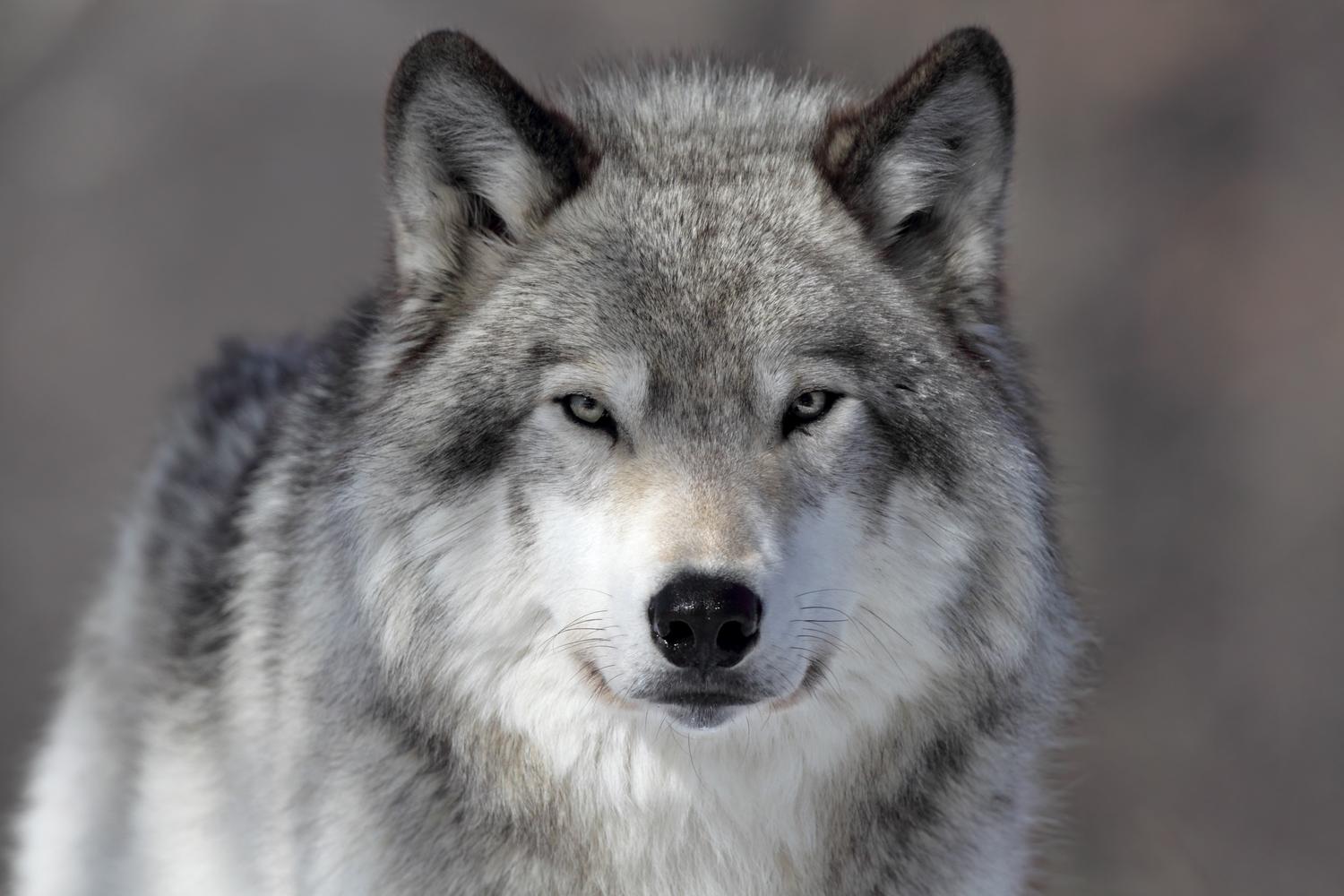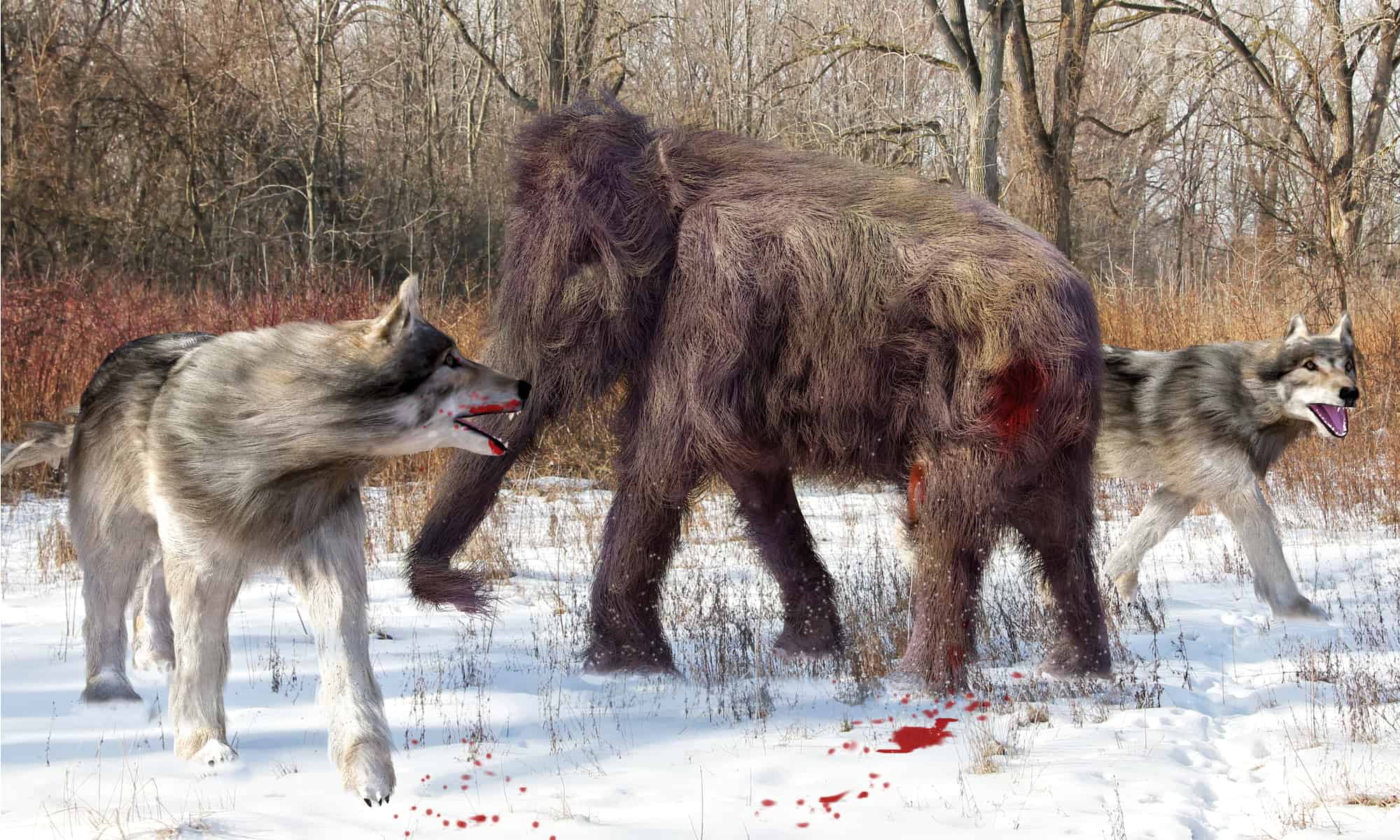Wolves are one of the most fascinating and iconic animals in the world. They are known for their intelligence, social behavior, and hunting skills. However, not all wolf species have survived to the present day. Some wolf species have gone extinct due to various reasons such as climate change, competition with other species, and human activities.
In this article, we will explore some of the extinct types of wolves that once roamed the earth. We will discuss their characteristics, habitats, and the reasons for their extinction.
You are reading: 3 Extinct Types Of Wolves
By learning about these extinct wolf species, we can gain a better understanding of the evolution and diversity of wolves and the importance of conservation efforts to protect the remaining wolf populations.

3 Extinct Types Of Wolves
Dire Wolf

The dire wolf (Aenocyon dirus) is an extinct canine that lived in the Americas and eastern Asia during the Late Pleistocene and Early Holocene epochs, from 125,000 to 9,500 years ago. It is one of the most famous prehistoric carnivores in North America, along with its extinct competitor Smilodon.
The species was named in 1858, four years after the first specimen had been found. The dire wolf was considered the most evolutionary derived (advanced) wolf-like species in the Americas. It could be identified separately from all other Canis species by its possession of specific dental characteristics.
Read more : Discover 10 Types Of Green Beetles
The dire wolf was larger and more robust than the gray wolf, with a broader skull and shorter, more massive limbs. The dire wolf is now extinct, and the reasons for its extinction are still debated, but its reliance on megaherbivores has been proposed as the cause of its extinction, along with climatic change and competition with other species, or a combination of those factors.
Bernard’s Wolf and British Columbia Wolf

Bernard’s wolf (Canis lupus bernardi), also known as the Banks Island wolf or the Banks Island tundra wolf, is an extinct subspecies of the gray wolf that was limited to Banks and Victoria Island of the Arctic Archipelago.
It was formally discovered, classified, and named after Peter Bernard, sailing master of the gas schooner Mary Sachs of the Canadian Arctic Expedition and collected four other specimens of Canis Lupus Bernardi, and Joseph F. Bernard, his nephew, who made voyages into the Arctic as master of the gas schooner Teddy Bear, after an adult male skin and skull was collected by them and brought to the National Museum of Canada.
The wolf was described as “white with black-tipped hair along the ridge of the back”. It was a large rangy wolf, with long narrow skull, slender rostrum, and extremely large upper and lower carnassials.
There were very few specimens of the subspecies that were recovered, around three or four in total. The reasons for its extinction are not clear, but it is believed to have been caused by human activities and hunting.
The British Columbia wolf (Canis lupus columbianus) is another subspecies of the gray wolf that is now considered extinct. It was found in British Columbia, Canada, and was one of the largest subspecies of the gray wolf. The reasons for its extinction are not clear, but it is believed to have been caused by hunting and habitat loss.
Cascade Mountain Wolf
Read more : Discover The Top 8 Most Expensive Types Of Crab
The Cascade Mountain wolf (Canis lupus fuscus) is an extinct subspecies of the gray wolf that was once found in the Pacific Northwest, including British Columbia, Oregon, and Washington. It was first described by Edward Alphonso Goldman in 1945.
The Cascade Mountain wolf was a cinnamon-colored wolf, measuring 165 centimeters and weighing 36–49 kilograms. It was a social pack animal that lived in mountainous regions.
The subspecies was originally thought to be a separate species, but it was later classified as a subspecies of the gray wolf. The Cascade Mountain wolf went extinct in 1940, and the reasons for its extinction are not clear.
However, it is believed that hunting and habitat loss were the main causes of its extinction.
FAQS
1. What is the dire wolf?
The dire wolf is an extinct canine that lived in the Americas and eastern Asia during the Late Pleistocene and Early Holocene epochs, from 125,000 to 9,500 years ago. It was larger and more robust than the gray wolf, with a broader skull and shorter, more massive limbs. The reasons for its extinction are still debated, but its reliance on megaherbivores has been proposed as the cause of its extinction, along with climatic change and competition with other species, or a combination of those factors.
2. What is Bernard’s wolf and British Columbia wolf?
Bernard’s wolf is an extinct subspecies of the gray wolf that was limited to Banks and Victoria Island of the Arctic Archipelago. It was a large rangy wolf, with long narrow skull, slender rostrum, and extremely large upper and lower carnassials. The reasons for its extinction are not clear, but it is believed to have been caused by human activities and hunting. The British Columbia wolf is another subspecies of the gray wolf that is now considered extinct. It was found in British Columbia, Canada, and was one of the largest subspecies of the gray wolf. The reasons for its extinction are not clear, but it is believed to have been caused by hunting and habitat loss.
3. What is the Cascade Mountain wolf?
The Cascade Mountain wolf is an extinct subspecies of the gray wolf that was once found in the Pacific Northwest, including British Columbia, Oregon, and Washington. It was a cinnamon-colored wolf, measuring 165 centimeters and weighing 36–49 kilograms. The subspecies was originally thought to be a separate species, but it was later classified as a subspecies of the gray wolf. The Cascade Mountain wolf went extinct in 1940, and the reasons for its extinction are not clear. However, it is believed that hunting and habitat loss were the main causes of its extinction.
4. Why is it important to learn about extinct types of wolves?
Learning about extinct types of wolves can help us gain a better understanding of the evolution and diversity of wolves and the importance of conservation efforts to protect the remaining wolf populations. It can also help us learn from past mistakes and avoid repeating them in the future.
Source: https://petstutorial.com
Category: Animals










